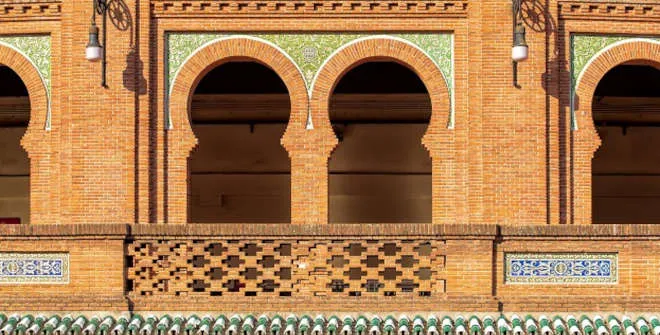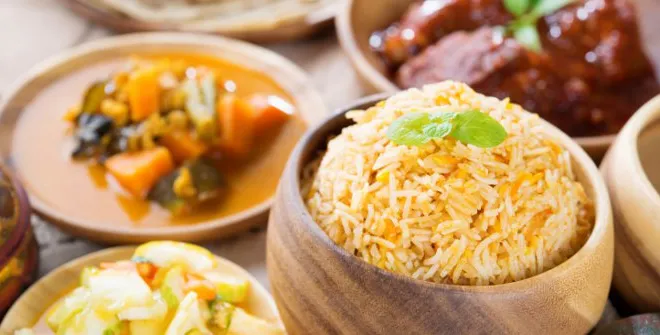In the Footsteps of Muslim Madrid
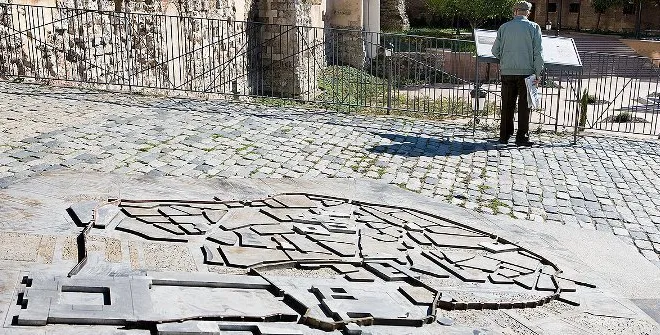
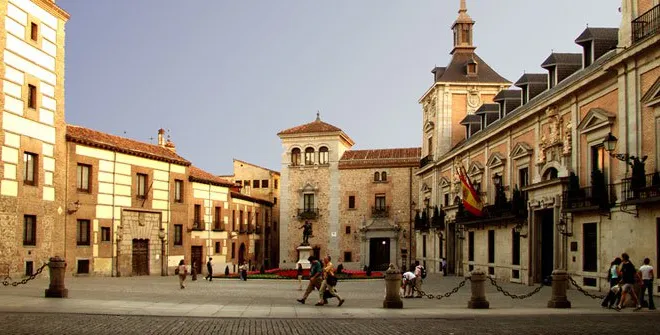
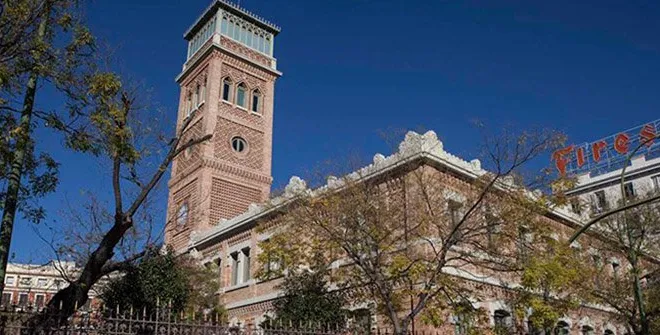
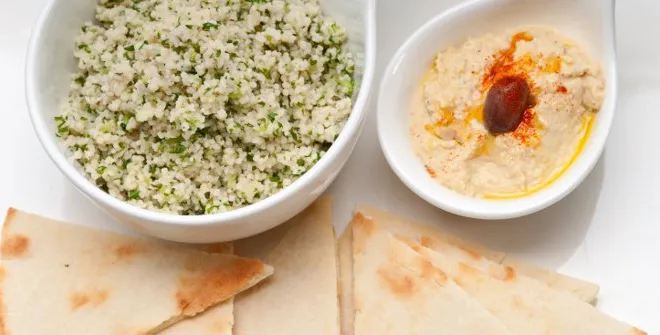
In 865, Muhammad I, son of Abd-ar-Rahman II, ordered the construction of a small palace and a citadel in Magerit, an Arabic translation of the pre-Muslim name given to the site, Matrice, which means ‘source of water’, since the site was near a stream that flowed along present-day Calle de Segovia.
Two centuries later, in 1083, the citadel was conquered by Alfonso VI the Brave, King of León and Castile. The village was inhabited by Muslims, Jews and Christians. The modern name ‘Madrid’ derives from the combination of the Muslim and the Christian names.
The Arab wall, the first wall to be built in Madrid, was erected under Muhammad I between 850 and 866 and reinforced in the tenth century by Caliph Abd-ar-Rahman III. Its remains are to be found in Emir Mohamed I Park, around Cuesta de la Vega.
The San Isidro Museum contains vestiges from the three Muslim sites of Madrid: Plaza de la Armería (Alcázar), Cuesta de la Vega and Cava Baja/Plaza de los Carros, which attests to the existence of an old quarter beyond the city walls.
The Lujanes house and tower in Plaza de la Villa is one of the very few Medieval complexes in the Mudéjar style that have come down to us from the Arab past of Madrid.
At the heart of the old Moorish district, in present-day La Latina district, stands the Church of San Pedro el Viejo, with a Mudéjar tower that dates back to the mid-fourteenth century. In Madrid de los Austrias (Hapsburg Madrid), the Church of San Nicolás de los Servitas features a tower of the same type. This structure is considered to be the second oldest monument in Madrid, the first being the Arab wall and the Islamic watchtower, whose ruins are to be seen in the underground car park at Plaza de Oriente.
The best preserved Mudéjar site in the city is the Shrine of Santa María la Antigua, which can be accessed by way of the Carabanchel cemetery.
Useful links:
The Islamic Library at the Spanish Agency for International Development Cooperation (AECID) is one of the most important of its kind in Europe. It has authentic literary gems from the earliest printers in Morocco and Egypt, and books that escaped destruction in a number of wars.
Casa Árabe and its International Institute of Arabic Studies and the Muslim World are the main references of this culture in Madrid. Its main objective is to strengthen and consolidate the versatile relationship with Arabic and Muslim countries. Activities are organised there, such as conferences, exhibitions, film and different special shows and programme, such as the Ramadan Nights Festival. Casa Árabe houses the Balqís bookstore, which doesn’t belong to the Institute. You’ll find numerous books dealing with Arab and Muslim subjects there.
Madrid can boast of having the largest mosque in Europe. It’s Omar Mosque, in San Pascual. It’s popularly known as ‘the mosque of the M-30’, because one of its façades faces this ring road. The mosque doubles as an Islamic cultural centre. In spite of being an extremely interesting sight, it goes practically unnoticed to both locals and out-of-towners.
The Madrid Central Mosque stands on a narrow street in the Tetuán district. Erected in 1988, it was the first Muslim temple built in the capital since the Christian Reconquista in 1083. It belongs to the Union of Islamic Communities in Spain (UCIDE).
The mosque has two separate prayer rooms, one for men and one for women. The Islamic centre has a day care facility, a function room, a doctor’s office and a butcher’s, and it offers Arabic language and religion courses for Muslim kids and non-Muslim people as well.
And to take in the breeze of old Muslim Madrid, we recommend the peace and quiet of the Hammam Al Ándalus baths.
Shukran City Ventas, which has an establishment in Ventas, invites us to taste traditional Lebanese dishes. You must try hummus, moutabbal (aubergine purée), tabouleh, kastaleta ghanam (marinated lamb chops cooked on the grill), kataifi noodles baked with Lebanese milk, ashta and arak liquor, the official drink of Lebanon and other Middle East countries. It is distilled grape (aromatized with anis) which is served with water and ice.
In the district of Lavapiés you can smoke a shisha and buy the Halal meat that Muslims are allowed to eat according to Islamic law. Alzahra is a genuine Arab restaurant, housed in the mosque of the M-30. It gathers the essence of the cuisine from the Middle East and North Africa.
On the Art Walk, close to Cibeles, you will find Al Mounia, a pioneering restaurant that has been serving the best Moroccan food since 1969, prepared with natural, spiced and tasty products. It serves one of the best couscouses in Madrid, lamb mechoui, tajine and a rich variety of cakes that is accompanied by the famous Moorish tea.
The Lebanese restaurant, Mune Madrid, which takes diners to a place where gastronomy, culture and tradition are combined and forms a meeting point that unites communities is located in the heart of Chueca. The menu includes traditional Lebanese dishes, in which halal products are used, such as hummus, tabbouleh, falafel, kabab and kafta. Nômadâ Madrid, a restaurant with Arabian roots with Mediterranean crosses and Andalusian inspiration can be found in the centre of Madrid, at Calle Serrano 41. It serves light dishes, prepared using century old techniques, and a wide selection of cocktails with exotic flavours.
DON’T MISS
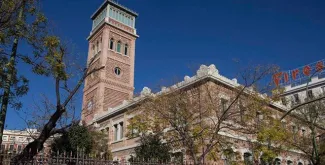
Casa Árabe
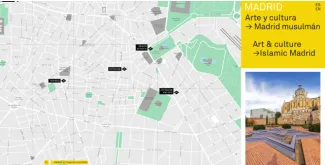
Islamic Madrid (PDF)
History, what to see, places of worship, gastronomy and lifestyle... Discover the Muslim Madrid.
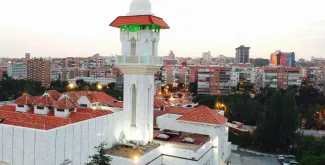
Islamic Cultural Centre
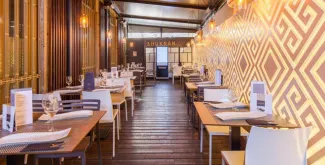
Halal Travel in Madrid
Madrid is a great halal destination for a holiday or business trip with Muslim-friendly hotels, restaurants and a whole range of other services.
